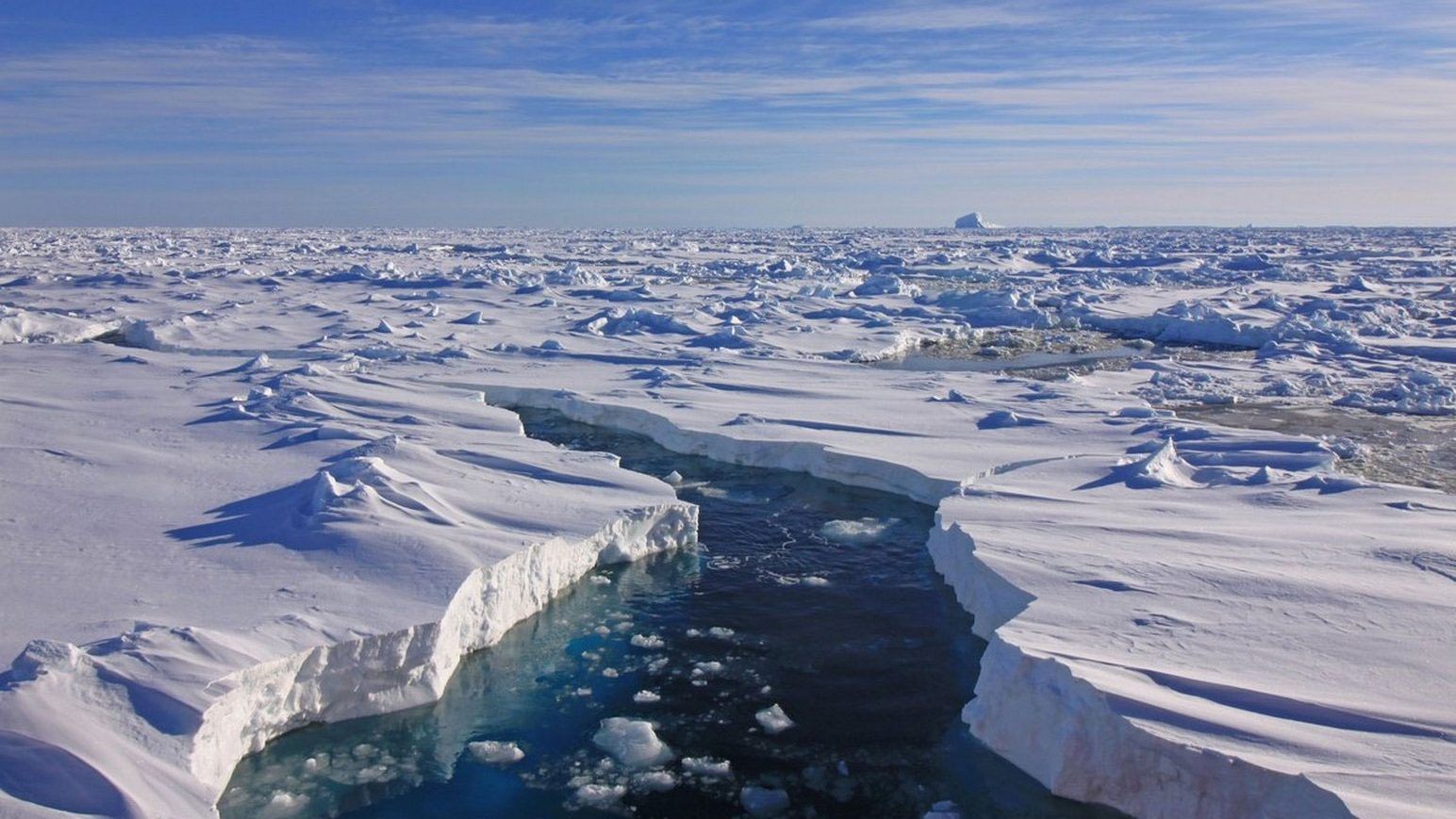Michelle Daveluy, Saint Mary’s University
In 1845 the HMS Erebus and Terror lead by Sir John Franklin disappeared in the Arctic Seas. It is not clear which incidents brought the journey to an end; the location of the setback is uncertain; and different timeframes have been suggested for the death of the 129 crew members.
The vanishing of the ships and company drew a lot of attention to the Arctic. Between. 1848 and 1854 many expeditions were sent to search for remnants of Franklin’s boats, remains of his crew and possible survivors. Numerous interpretations have also been proposed to explain the closing of the adventure. Woodman’s contribution is one of the contemporary examples indicating that the appeal for the mystery maintains itself through time.
Focusing on Inuit recollection gathered by Charles Francis Hall during the 1860s, Woodman adopts the investigator’s point of view. However, he leaves it to the reader to decide if the Inuit testimony provides evidence for a new interpretation. Considering the enormous quantity of data to take into account, some of us won’t feel comfortable with the invitation to make such a judgement though most of us want to know what the witnesses of the last moments of the Franklin expedition had to say. Indeed native accounts have been (and still are) often discarded as non-reliable sources of information for reconstructing the past and, in this respect, Woodman’s work is certainly worthwhile.
The difficulty with the approach is linked to the truth value associated with the Inuit stories. Accepting that relevant information is to be found in records of past events makes it very important to address inconsistencies from one version to the other. After presenting the Inuit accounts in a general manner in the first section of his text, The Evidence, Woodman devotes the second part, The Testimony, to such an exercise. The various explanations for the discrepancies between stories show how broad an array of plausible cues the Inuit memories can provide to the debate. Those seeking definitive answers might be disappointed in the sense that a clearer understanding is not provided. On the contrary, more uncertainty is added to the debate and speculation is inevitable, a situation the author is totally aware of. Commenting on how physical evidence can survive very long before being found, Woodman concludes:
I have little doubt that somewhere, probably ten feet from the remains of a once prominent marker, a Franklin record was similarly buried in the permafrost. When discovered it will instantly render all speculative books, this one included, obsolete (p. 324).
In the absence of an Arctic Rosetta Stone, establishing the “truth” might not be achievable for a while and it is unfortunate that Woodman’s work focusses so much on discussing the Inuit testimony from this perspective exclusively. Some attention could have been paid to how the Inuit stories are an interpretation of the past as much as a source of factual information. Knowing how information is transmitted through the cultural dynamics of storytelling among the Inuit might have helped us to better understand the data in the book and to unravel the Franklin mystery. Such a widely discussed topic is well served by Woodman’s support material in some of the appendices, though maps provided in the body of the text though could be improved.
